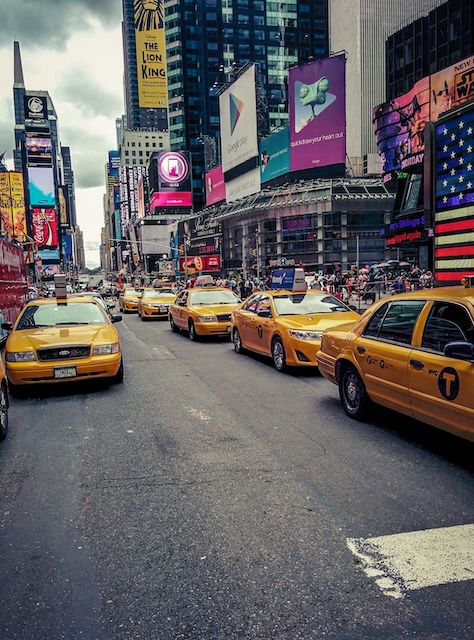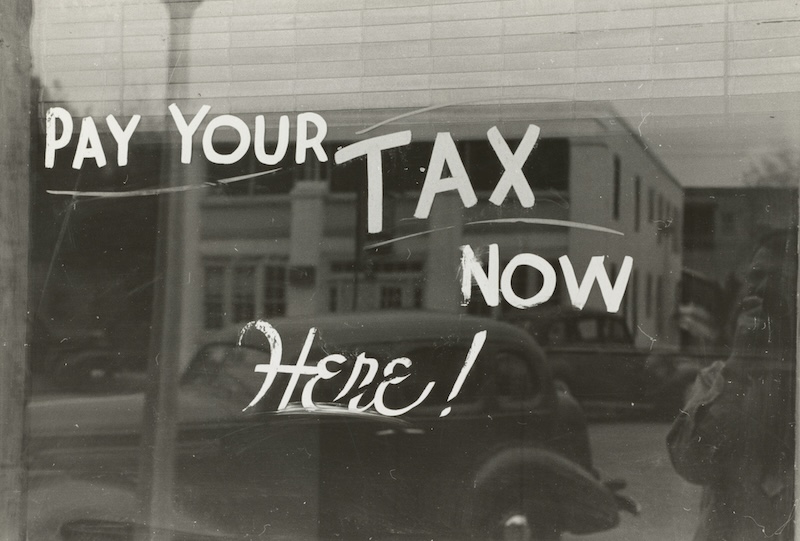When is enough money, enough?
By Bob Peters || June 2, 2024
How can money improve your quality of life?
It is very human to want to improve your quality of life. I can make a decision to allocate time to incorporate physical fitness into my daily routine. You can be more purposeful in reaching out to old and new friends on a regular basis to enrich your social life. We can participate in acts of kindness towards others that will positively impact our sense of purpose and stimulate gratitude. These are but a few examples that don’t require money and can improve everyone’s quality of life. How can money improve your quality of life? When is enough money, enough?
Money and Quality of Life
In a prior blog post, Mental Immunity and Joy are Good for Achieving Financial Security, we talked about the difference between Experienced Happiness vs. Reflective Happiness. Whenever you are thinking about improving your quality of life, I would suggest you refresh on the difference between the two. In a nutshell, Experienced Happiness is short lived and Reflective is long lived. Having said that, up to a point, money does impact happiness and quality of life.
Up to What Point?
In the blog post, Giving and Receiving Make for Lifelong Friendships, I referenced research done by Daniel Kahneman and Angus Deaton where they analyzed data on 450,000 individuals (2008-2009) which found that more money does not necessarily buy more happiness. However, less money is associated with emotional pain. Further, $75,000 (or $109,500 in today’s dollars) is a threshold beyond which further increases in income do not significantly improve emotional well-being. It sounds so precise, but we all know that it is not.
This research references a person’s “income statement” but what about his/her balance sheet...Net Worth/Wealth? Another way to frame the “up to what point” question is: At what level of wealth, beyond which, does additional wealth not contribute to an improved quality of life? When is enough money, enough? The arithmetic may be fairly straight forward but the emotion behind your answer is much more complex. This is a great question to ponder but enough for now; except that, this leads me to share a recent experience that is relevant to the question at hand.
New York City… here we come
I recently was with my 85-year-old mother in New York City. Besides attending a play, going on a carriage ride in Central Park and visiting the Met she requested to visit the 9/11 Memorial. After our 3-hour tour we caught a cab to head back to our hotel in the Chelsea District. Density, vibrancy and traffic jams are all part of the unforgettable New York City ambiance. Although I’ve been to New York many times it seems to always amaze me that the city continues to bustle inspite of constant construction projects.
We picked up a cab near the 9/11 museum and headed north towards our hotel on 28th Street. That’s when we met our cab driver and where the story begins.
Learning someone else’s definition of enough
Taxi cabs were our preferred form of transportation. Occasionally an Uber but never a subway. When you are 85 years old, stairs and moving trains are not your friend. Mom and I avoided subterranean forms of transportation on this trip. New York taxi drivers are just as eclectic and unique as the city itself. Somehow these folks seem to maintain their cool when traffic jams abound, and rules of the road (including pedestrian behavior) seem to be non-existent. Sometimes terrifying. Always stressful if you are not glued to your cell phone. Driving a taxi in New York must be akin to being an air traffic controller in a war zone. How someone does this job and maintains their sanity is a mystery to me.
This is a story about a discussion with our cab driver, Jose. This is a story of poverty, dreams, compassion, love, gratitude and learning what it might look like when you have enough.
A Dream for a Better Life
My family jokes with me that I am always asking questions of cab drivers. Well, it’s true. I might start by asking them how long they had been driving a cab and, if I detect an accent, where was “home” before they came to the US. If a cab driver hails from a foreign land, I love to learn their perspective on how they see the world. It does not take more than a question or two before you pick up on whether the driver is interested in a conversation or not.
In this particular case, Jose was more than willing to answer questions. In fact, I would say Jose was prepared to volunteer a lot about himself with minimal prompts. I first learned that Jose was 69 years old and had been driving a New York taxi for 37 years. Jose immigrated to the US from Ecuador when he was 32 years old and came of age in his birth country with no running water, plumbing, electricity and poor sanitation. The United States represented a dream for a better life, and he repeated several times how much he loved and appreciated New York and the United States.
“I have all the money I need to live a good life”
Just as we were about to jump on the FDR headed north (the north-south highway on the east side of Manhattan), the entrance was closed due to a traffic accident. This left us with surface streets which made the already bad car traffic slower than the average pedestrian. About a third of the way to our hotel Jose said that he would stop the meter early in the drive to account for the unusually bad traffic. Really? Yes, really. Jose went on to say that our stop was near the bridge he would normally take home to Queens where his wife had a standing bowl of homemade chicken soup for his lunch. He then said in a matter-of-fact voice that he had all the money he needed to live a good life.
As the cab continued to move at a snail’s pace, I learned that Jose had two adult daughters whom both received college degrees, were married with a total of five children and lived a good life. He was very proud of the fact that he helped his family establish a much better life than they could have enjoyed in Ecuador.
$1 for the water, $1 for you and $1 for the baby
A few twists and turns later on the surface streets we came to an intersection where a small woman walked between the lanes of stopped traffic balancing a tray with water bottles and a few pieces of fruit on her right side and a small baby in sling on her left side. It was getting warm, and Jose rolled down the window and had a brief conversation in Spanish. My very limited Spanish picked up that she was selling a bottle of water for $1. Jose then did a very gracious thing. He said, “here is $1 for the water, $1 for you and $1 for the baby.” Traffic started to move, and he rolled up the window and continued the drive.
As the cab rolled forward Jose again made the comment, for the second time, that he had enough money to live a good life. Over the course of a 30-minute drive Jose had twice shown generosity to strangers. More striking was that he was a man who clearly had concluded that he had “enough” money. Here was this 69-year-old NY City Taxi driver in his 37th year of navigating one of the most intense cities in the world who was grateful to his adopted country and that he had enough money to live a happy life. This is worth lingering on.
Your journey to enough
It is true that many people struggle with financial stress which may or may not be within their control. They may not earn sufficient income to provide for their Basic Needs. They may not have an Emergency Reserve Fund to cushion them from unexpected financial shocks. A deficiency in accumulating a certain degree of wealth may leave them with a lower quality of life than what they had hoped to enjoy. A scarcity mindset might lead to the feeling of never having enough. Conversely, a mindset of envy may lead to feelings of bitterness and resentment. The story I shared about Jose is a good place to start your own journey in thinking about when enough money is enough.
Recent Posts
Want More?
A wonderful meal can help you achieve financial security
Cooking Up Financial Success: The Recipe for a Secure Future By Bob Peters || March 16, 2025A memorable dinnerI had a wonderful dinner the other day. Every dish was perfect. The main dish was a perfect temperature and cooked just right. The sauce was rich and...
A trip from the present to the past: Cambodia
Understanding History tells us how we got to where we are today By Bob Peters || January 31, 2025 This blog post is light on the financial themes normally found on this site. Rigorous historical analysis can be very helpful to better understand the world we live in...
Where does all the money go?
A Deeper Dive into Government SpendingBy Bob Peters || November 4, 2024An Insurance Company with an ArmyEvery citizen should understand how he/she is taxed and how our government spends those tax dollars. As mentioned in the blog post, Historical Tax Rates,...












0 Comments